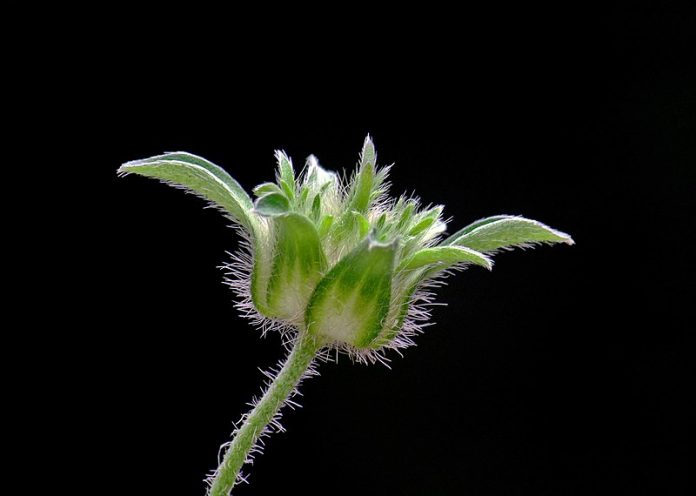
By Jim Brace-Thompson
It’s all thanks to a coal mine in Inner Mongolia. With 125.6-million-year-old Early Cretaceous fossils pulled from that mine, scientists led by paleobotanist Gongle Shi (Chinese Academy of Sciences Nanjing Institute) have new insight into the origins of flowering plants, or angiosperms, as reported in a recent issue of the journal Nature.
Back in the day—think Dinosaur Days—gymnosperms such as ginkgoes, conifers and cycads dominated the landscape. But starting some 135 million years ago, angiosperms began taking root. Today, they dominate the land, numbering no fewer than 350,000 species!
Fossils from that Mongolian coal mine may prove to be the “missing link” connecting more ancient gymnosperms with today’s angiosperms. In particular, Shi’s team found well-preserved specimens of an extinct gymnosperm with double-coated seeds similar to today’s angiosperm seeds. Most gymnosperm seeds have just one outer protective coat, so this particular fossil plant may have been a forerunner of most plants on today’s Earth, given that it also had leaves and other traits more similar to angiosperms than gymnosperms.
Researchers are suggesting that these “transitional” plants ought to be assigned to a whole new group: the angiophytes.















